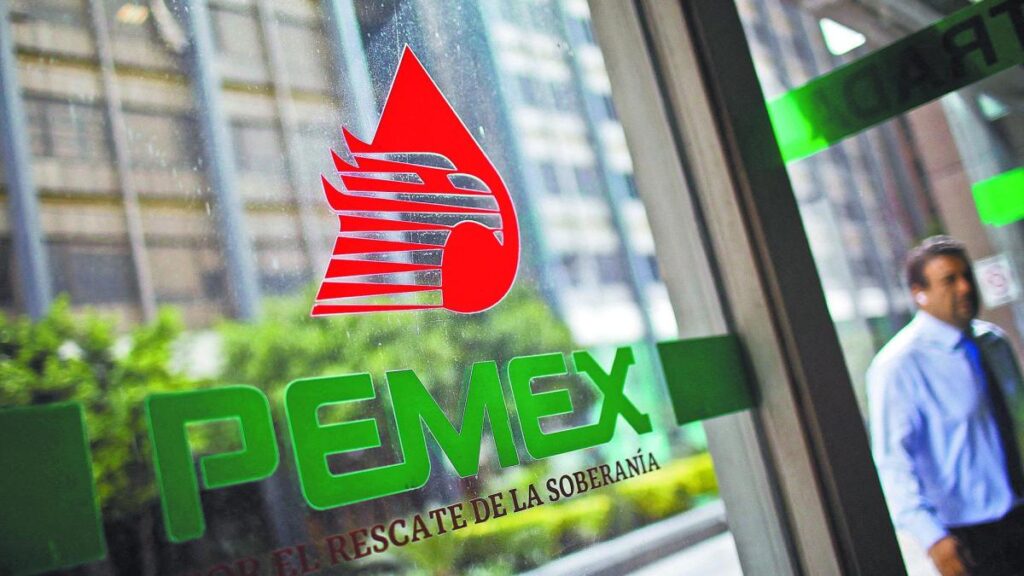Introduction to Pemex and its New Business Strategy
Petróleos Mexicanos (Pemex), the state-owned oil company, has announced plans to tap into its non-conventional gas reserves, including shale gas, as part of a new business strategy. According to Pemex’s General Director, Víctor Rodríguez, this move aims to decrease Mexico’s reliance on U.S. natural gas imports.
Mexico’s Gas Landscape and the Role of Shale Gas
Mexico, primarily a petroleum-focused nation, holds significant potential for natural gas resources, both conventional and non-conventional. Víctor Rodríguez emphasized the importance of fully utilizing this potential during the presentation of Pemex’s Strategic Plan 2025-2030 at the Secretaría de Energía (Sener) headquarters.
Shale gas extraction typically involves hydraulic fracturing, or “fracking,” a technique that faced criticism from the previous administration of Andrés Manuel López Obrador. Rodríguez, however, argued for exploring all available options and embracing shale gas as a crucial component of Mexico’s energy future.
Current Gas Consumption and Imports
As of 2024, Mexico’s daily processed natural gas consumption is approximately 8.7 million pies cúbicos (mmpcd), with three-quarters of this supply coming from U.S. imports, which account for over 90% of Mexico’s natural gas. The majority of shale gas in the U.S. is produced in complex geological formations.
Shale Gas Potential in Mexico
Pemex’s Strategic Plan 2025-2030 highlights the substantial potential for shale gas extraction in complex geological formations such as Sabinas-Burro-Picacho (in Coahuila and Nuevo León) and the Burgos Basin (spanning Coahuila, Nuevo León, and Tamaulipas).
Importance of Natural Gas in Mexico
Natural gas plays a vital role in Mexico’s electricity generation. By 2024, two-thirds of natural gas demand originated from electricity generation plants, with gas-based power accounting for over 60% of the country’s electricity production.
Pemex’s Gas Production Decline
In the first half of 2022, Pemex’s gas production dropped by more than 6% to just over 3.5 mmpcd, placing it 45% below the level observed in 2009 when it peaked at over 6.5 mmpcd.
Pemex’s New Business Strategy and Financing
The current administration aims to elevate national production to around 5,000 mmpcd. To achieve this goal, a special tax regime has been proposed, featuring a 12% extraction right—less than half of the petroleum tax rate of 30%.
Pemex’s new business strategy and financing plan were unveiled amidst the company’s struggles with a nearly $100 billion debt and declining hydrocarbon production. The plan includes up to 250,000 million pesos in financing, structured through a financial vehicle managed by Banobras, with half of the resources coming from development banks and the other half from institutional investors.
Controversial Hydraulic Fracturing Technique
Hydraulic fracturing, or “fracking,” is a technique that uses substantial amounts of water and chemical compounds to fracture porous rocks in the subsurface containing gas or oil. The technique has been contentious due to concerns about groundwater contamination and increased seismic activity.
Despite these concerns, the industry and even environmental regulators argue that with current technology, fracking is a safe method for extracting natural gas and oil.
Key Questions and Answers
- What is Pemex’s new business strategy? Pemex plans to exploit non-conventional gas reserves, including shale gas, to decrease dependence on U.S. natural gas imports.
- Why is shale gas extraction controversial in Mexico? Shale gas extraction typically involves hydraulic fracturing, or “fracking,” which has faced criticism for potential groundwater contamination and increased seismic activity.
- What is the current state of Pemex’s gas production? In the first half of 2022, Pemex’s gas production declined by more than 6% to just over 3.5 mmpcd, placing it 45% below the level observed in 2009.
- What are Pemex’s production targets? The current administration aims to elevate national gas production to around 5,000 mmpcd.
- What financing plan does Pemex propose? Pemex’s new business strategy includes up to 250,000 million pesos in financing, structured through a financial vehicle managed by Banobras.
- What is hydraulic fracturing, or “fracking”? Hydraulic fracturing is a technique that uses substantial amounts of water and chemical compounds to fracture porous rocks in the subsurface containing gas or oil.






